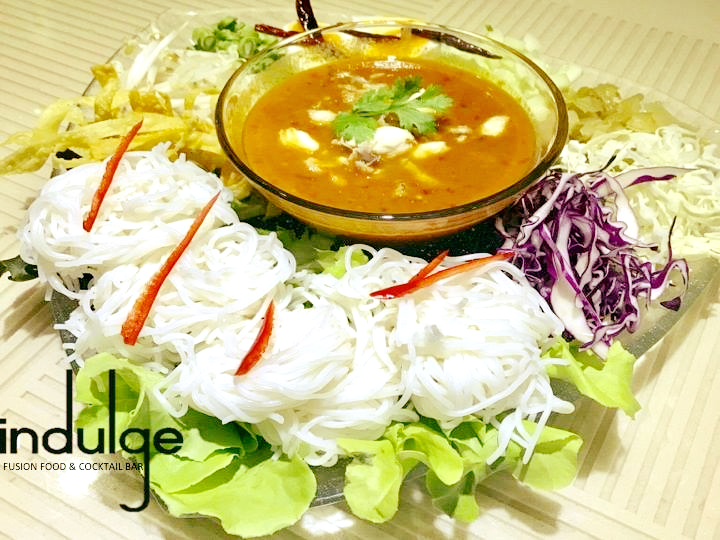A trip to Thailand is not complete without fully experiencing its local cuisine. Bursting with bold flavors and colors, Thai recipes use fresh ingredients to deliver a plethora of delicious dishes. Most tourists think that Thai food is synonymous with being spicy—from its famous curries to Pad Thai noodles and Tom Yum soup. In truth, the food here is so diverse and features a perfect balance of being sweet, sour, salty, and spicy.
If your palate can’t take too much heat, there are mild dishes you can try despite the ubiquitous presence of chilis. In fact, not all chilis are created equal. If you see a bunch of them on your plate, don’t panic! The bigger ones taste like just any other vegetable, and they’re loaded with vitamins.
New to Thailand’s gastronomic wonders? Here’s our guide to healthy, light dishes:
Soups
In Thailand, soups are part of the main course, not a starter. They often contain aromatic sticks and leaves, such as lemongrass, galangal, lime, and tamarind. There are two main soups you’ll find in Thai restaurants: Tom Kha and Tom Yum.
Tom yum is a hot and sour broth-based soup that contains chilies and lime. Skip this if you don’t like spicy food. Instead, go for Tom Kha—a milder, creamier soup sweetened with coconut milk. This bowl features local mushrooms and vegetables, added with Kaffir lime leaves and basil for more fragrance.
Noodles
Unlike its Asian neighbors, Thai noodles are flat and thin. Perhaps the most famous one of all is Pad Thai, a stir-fry dish mixed with plenty of bean sprouts, eggs, and tofu. It’s served with lime and peanuts.
Another local favorite is Pad See Ew, which features chewy noodles. It comes with a lot of vegetables swimming in a thick sauce. Both Pad Thai and Pad See Ew may contain chilis, but you can always ask for a milder, chili-less version.
Curries
Thai curries use coconut milk as a base, making it creamy, sweet, and thick. Their distinct colors come from the paste used to make them.
- Red Curry — Thai red curry paste is made from fresh and dried red chilies. Other spices, including coriander, cumin, and turmeric, add to its bold flavors.
- Green Curry — Green curry paste gets its color from green chilis, fresh coriander, basil, and kaffir lime leaves. This is a milder, sweeter option than the red variety.
- Yellow Curry — Yellow curry made with turmeric paste. It’s the mildest one among the three and is the best option for the less adventurous foodie.
When ordering a Thai curry dish, you can choose your preferred protein: shrimp, chicken, or pork are the most common options. Most restaurants will also ask how spicy you want your curry. If you’re new to Thai cuisine, it’s best to start with mild or medium.
Whether or not you love spicy food, the best way to enjoy Thai dishes is to order big bowls and share them with a group. With its bright and cheery flavors, Thai cuisine is meant to be festive and fun!
If you are looking for good food in Bangkok, get in touch with us today to book your table.

